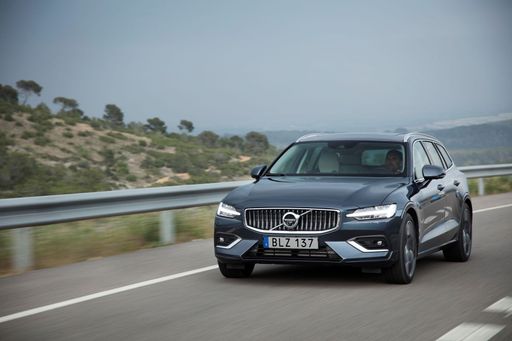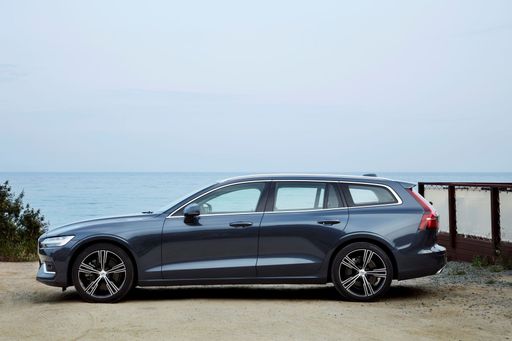Dynamic Duos: Ford Kuga vs. Volvo V60
In the world of modern automobiles, choosing between a versatile SUV and a stylish wagon brings unique considerations. Today, we put the Ford Kuga and Volvo V60 under the spotlight, comparing their technical aspects and innovations. Which one aligns with your expectations for 2024? Dive in to find out.








